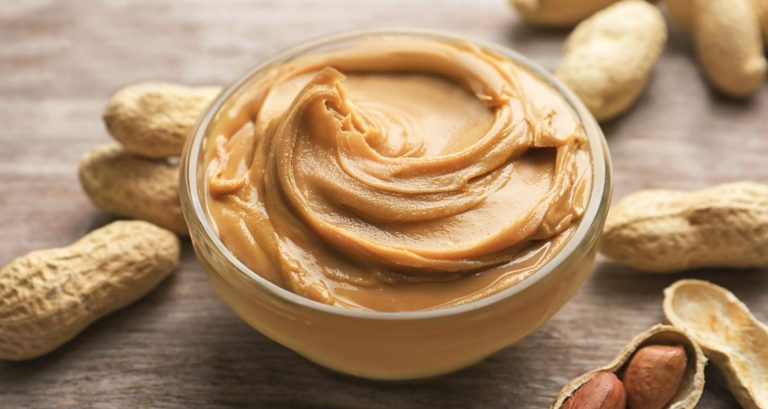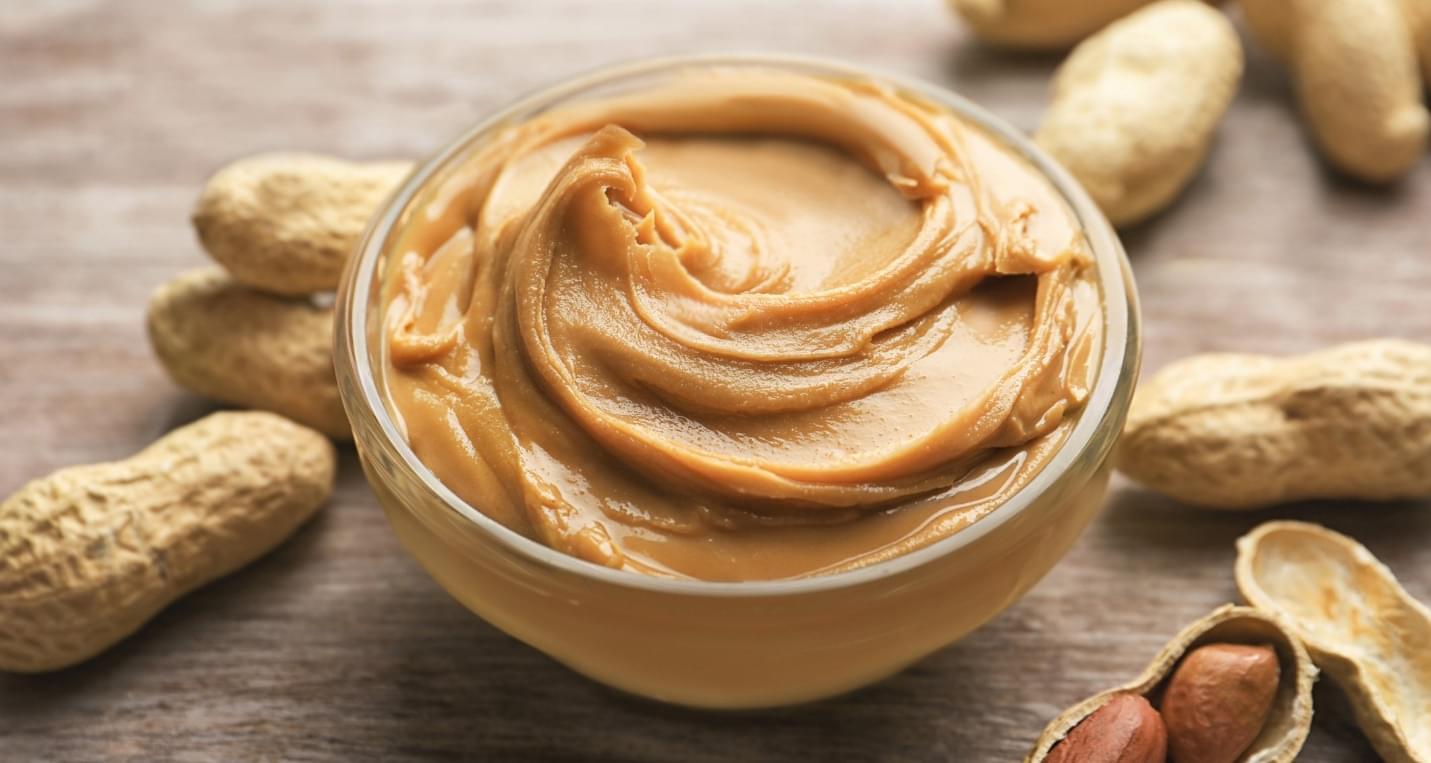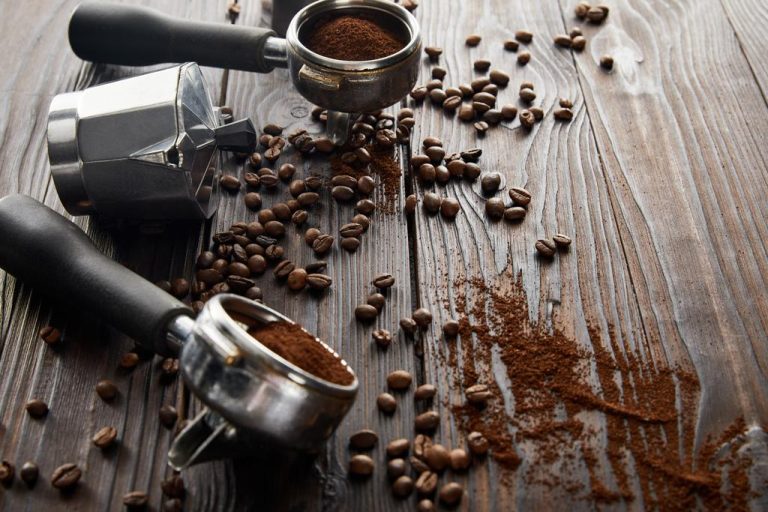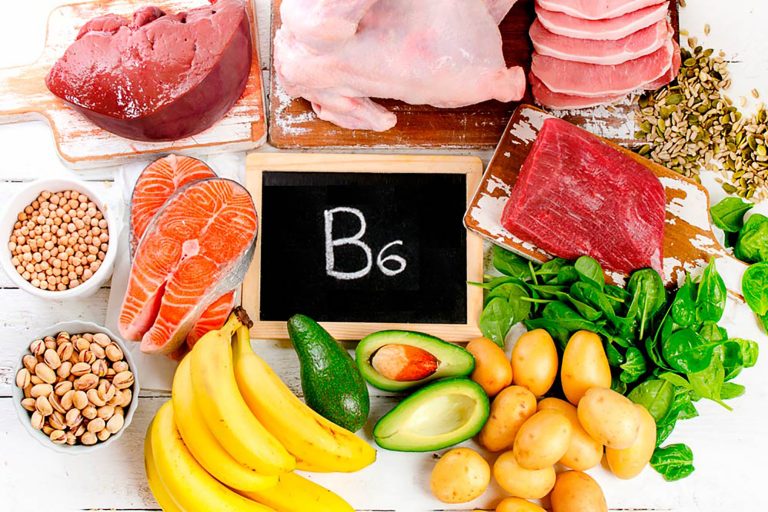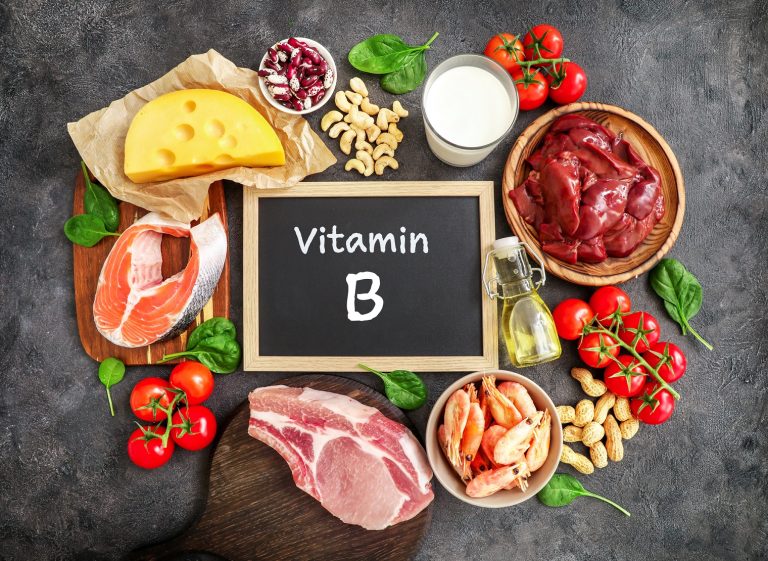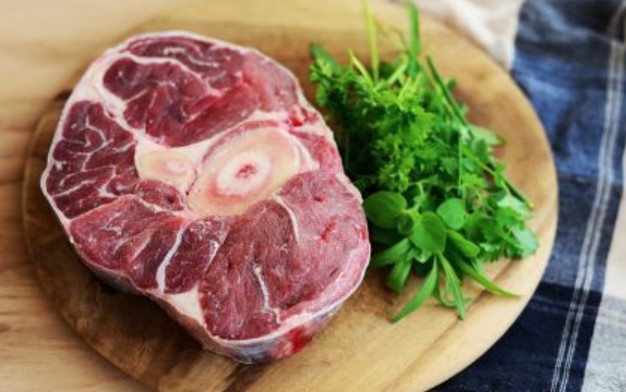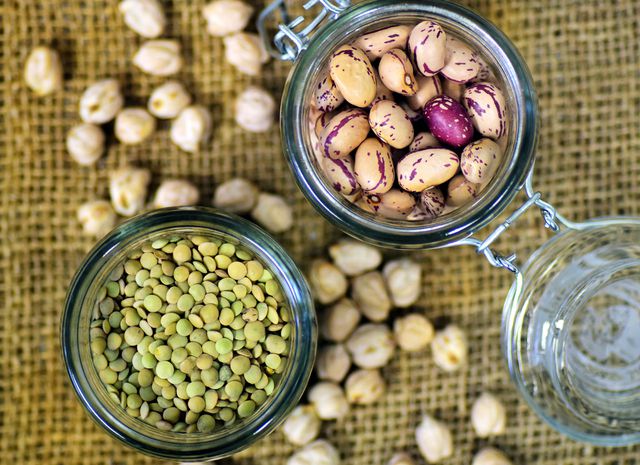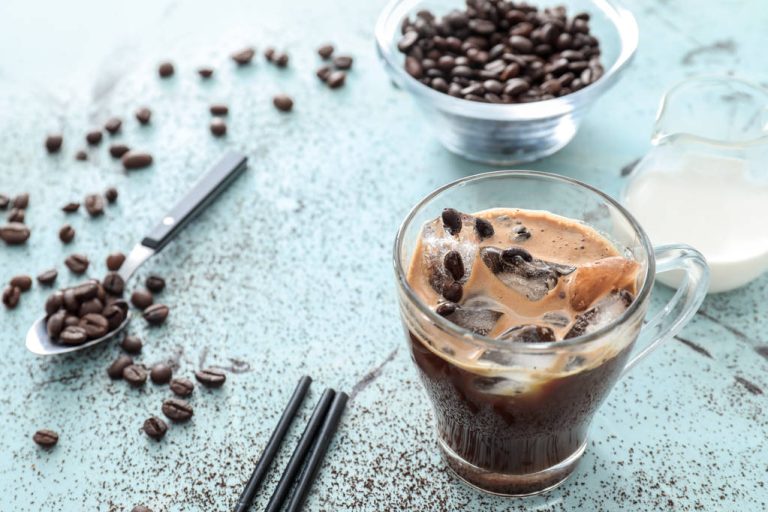If you’re chewing gum, you should now be careful not to let it get stuck in your throat: what you have in your mouth is mainly petroleum with artificial additives. We show how problematic chewing gum is and what alternatives there are to Wrigley’s & Co.
Millions of Germans chew gum every day. Very few people probably know what they are spending money on.
Everyone has their reasons: chewing is said to increase brain power, stimulate digestion, care for or whiten teeth and even help to quit smoking. This may sometimes be true and sometimes not, but what is certain is that most chewing gum contains dubious ingredients.
Chewing Gum: Gum made from petroleum

At the beginning of industrial production, chewing gum was made from chicle, the milky sap (latex) of the pulp apple tree, which grows mainly in Central America. Today, this natural raw material only makes up a few percent, if at all, of the so-called gum mass.
“The manufacturers are not obliged to specify the composition of the chewing base,” says Andrea Danitschek from the Bavarian consumer center.
Modern chewing gum consists almost exclusively of synthetic raw materials. The “rubber” part is usually made up of petroleum-based polymers. In plain language: We chew plastics. And they are not only questionable in terms of taste – they are above all ecologically and health-hazardous.
The production of plastics based on petroleum and natural gas has a bad connotation. Not only are these raw materials becoming scarcer, oil production is also politically linked to wars and abuses and harbors enormous environmental risks – from dirty extraction to accidents on tankers and drilling platforms. In other words, petroleum is not something to put in your mouth for pleasure.
Chewing gum is not biodegradable
Precisely because conventional chewing gum consists mainly of petroleum-based plastic, disposal is also a problem. Because just like other plastic products, chewing gum is not easily biodegradable.
The widespread habit of simply spitting chewing gum onto the floor is all the worse. The removal of chewing gum stains from streets and sidewalks is often only possible with very energy- and water-intensive special machines. A waste of resources that would not be necessary without chewing gum.
Chewing gum: healthy is different
In addition to the plastic gum base, the chewing gums usually contain sugar or sugar substitutes, plus artificial colors and flavors, stabilizers, fillers, thickeners, humectants, antioxidants, flavor enhancers… Yummy?
The ingredient lists of some chewing gum contain substances that are not entirely harmless. For example, the stabilizer urea/carbamide (E 927b), which is also used as an important nitrogen fertilizer, is permitted (but rare). The emulsifier (soy) lecithin is often made from genetically modified soy. The antioxidant BHA (butylated hydroxyanisole) is suspected of possibly triggering allergic reactions and affecting the hormone system and fertility.
The health effects of various synthetic sweeteners – such as aspartame, acesulfame K or sucralose – are repeatedly discussed controversially. Some of the coloring and flavorings used are also controversial – or at least unnecessary.
Most chewing gums are not as healthy as advertising likes to claim. Allergy sufferers in particular should take a very close look at which ingredients and additives are included. Chewing gum for children should also be looked at particularly critically before you buy it: synthetic sweeteners, flavorings and BHA should actually be taboo here.
There are few good alternatives

There are plenty of instructions online on how to make your own chewing gum. There are even ready-made do-it-yourself kits. Some of these use chicle instead of petroleum-based plastic. But: there are almost always ingredients whose origin and/or effect is unclear and questionable, such as sugar substitutes, colorings or flavors.




